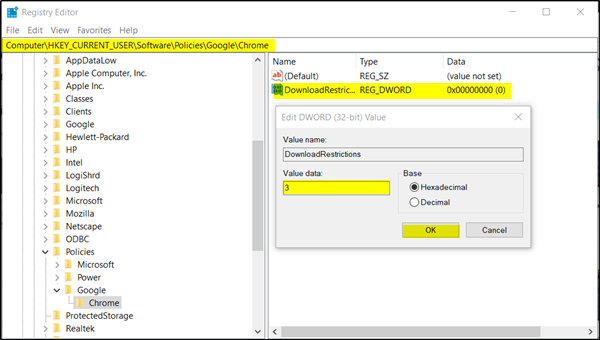
Chrome ( service = service_object ) # deprecated but works in older selenium versions # driver = webdriver.Chrome(executable_path=binary_path) driver. example from selenium import webdriver from import Service from chromedriver_py import binary_path # this will get you the path variable service_object = Service ( binary_path ) driver = webdriver. You will get a string variable with the executable filepath for your operating system. To use chromedriver just from chromedriver_py import binary_path. installationĭue to the way how the pipeline packages the binaries, you cannot install the package from github.Ĭhoose your version here # example for chrome version 88 If a new chromedriver version is out, this package will automaticly get updated within a day. This package is maintained by an automated update script on travis. The installer supports linux, mac and windows operating systems.

Download the ChromeDriver binary for your platform under the downloads section of this site.You can also force ChromeDriver to use a custom location by setting a special capability. Ensure Chromium/Google Chrome is installed in a recognized locationĬhromeDriver expects you to have Chrome installed in the default location for your platform.

If you are unfamiliar with Selenium WebDriver, you should check out the Selenium site.įollow these steps to setup your tests for running with ChromeDriver: It is maintained by the Chromium team with help from WebDriver contributors. You can also read Getting Started with Android or Getting Started with ChromeOS SetupĬhromeDriver is a separate executable that Selenium WebDriver uses to control Chrome. This page documents how to start using ChromeDriver for testing your website on desktop (Windows/Mac/Linux).


 0 kommentar(er)
0 kommentar(er)
